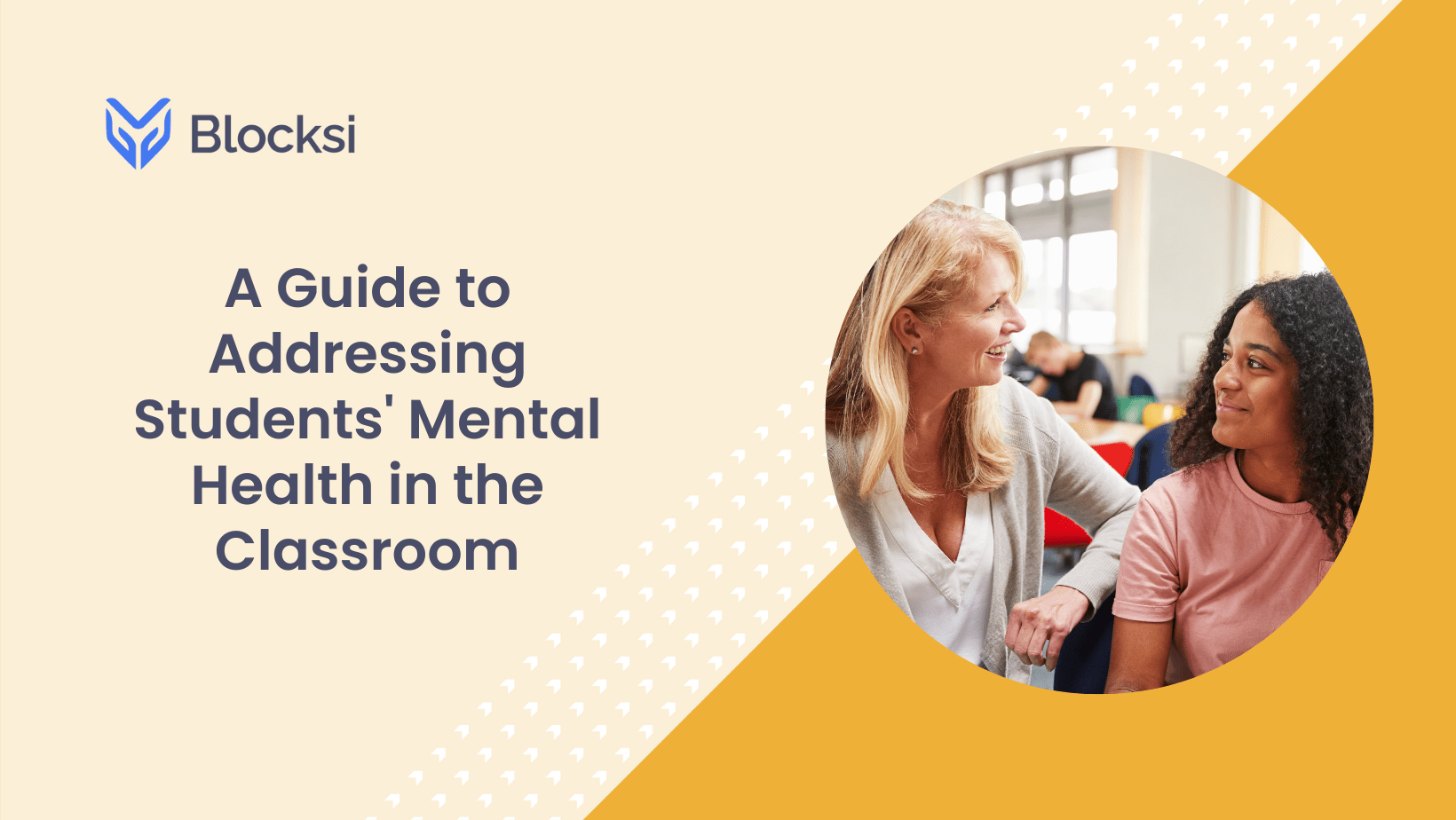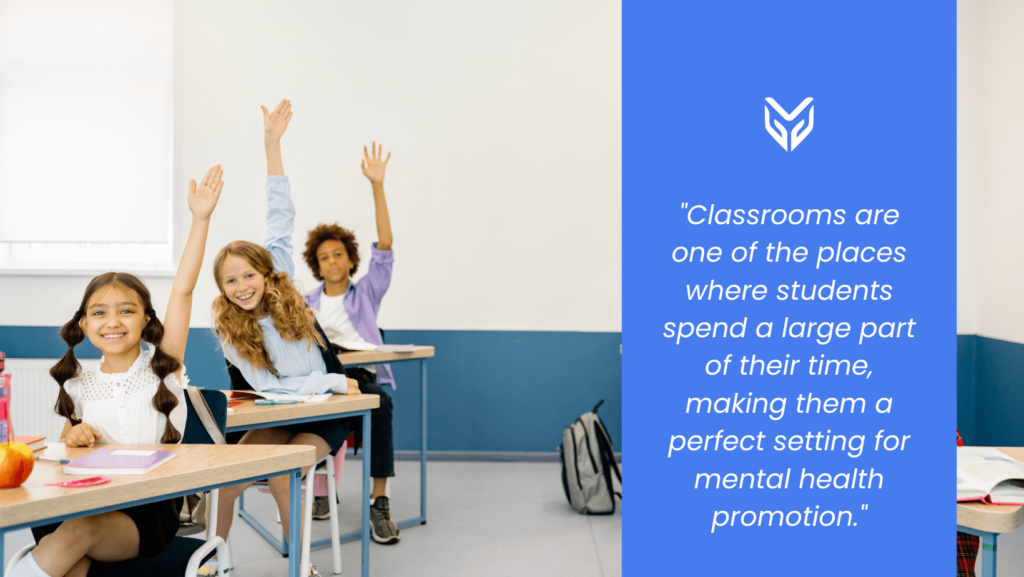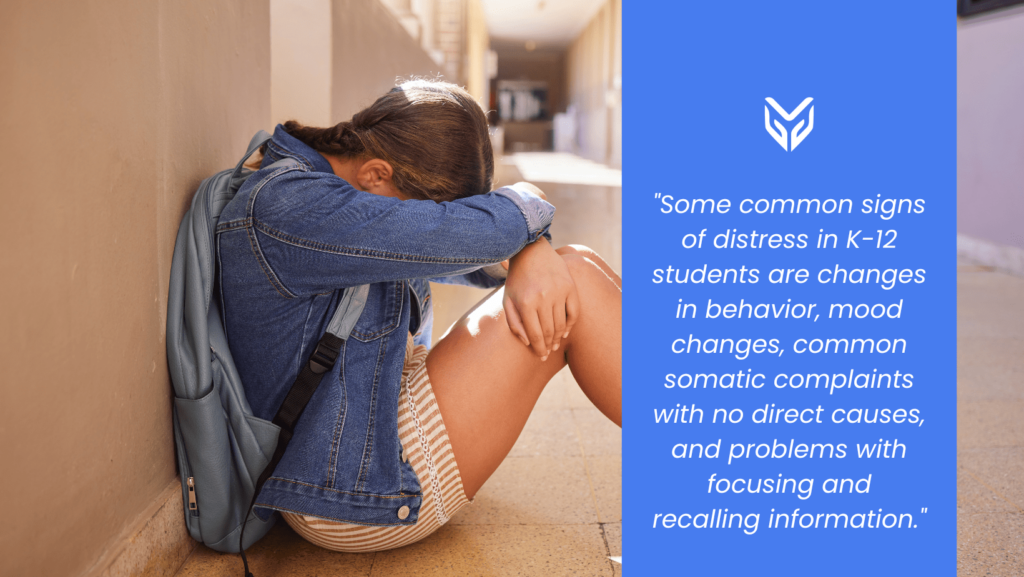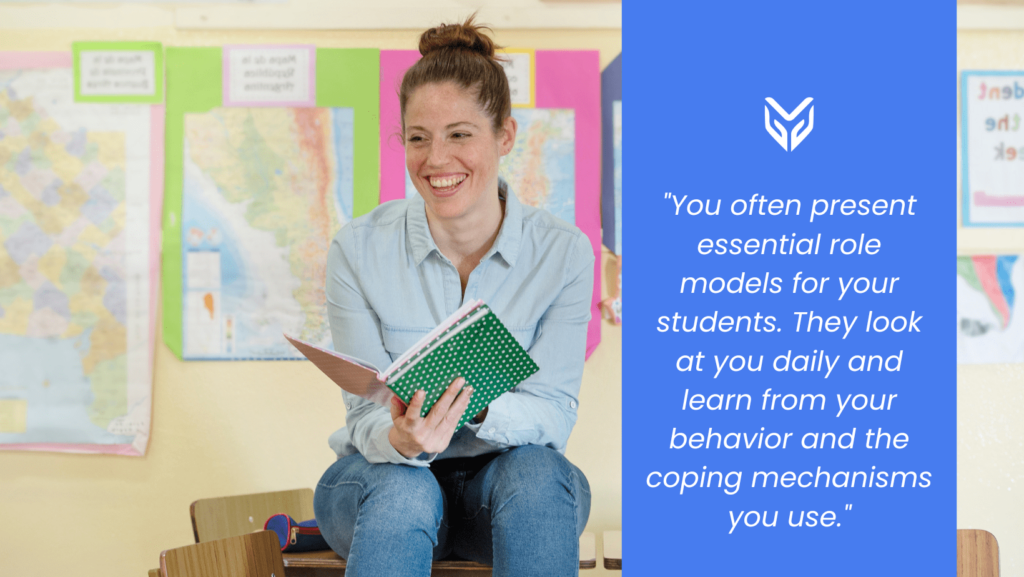NEWS
A Guide to Addressing Students’ Mental Health in the Classroom

Educators don’t only teach academic content but also address students’ well-being. And with increased awareness of how important mental health really is, creating a safe learning environment is one of the critical points in fostering students’ mental health. Of course, teachers and other educators are not solely responsible for students’ welfare, but seeing how much time they spend with the children, they are often the first to notice mental health problems.
In this article, we will cover some general guidelines on how to notice something’s wrong and take action. And equally important – how to foster a safe and supportive classroom environment. Here is a guide to addressing students’ mental health in the classroom.
Address and Promote the Importance of Students’ Mental Health
Students’ mental health should be a priority for any educator. So, it is important that you foster a classroom environment that encourages students to seek help when they need it. That is why addressing and promoting the importance of student mental health is crucial.
Classrooms are one of the places where students spend a large part of their time, making them a perfect setting for mental health promotion. Children also have different needs and ways of coping with stressful situations. So, what may seem like a piece of pie to one student can present a huge anxiety trigger for another.

One of the parts of assuring students their feelings are valid is breaking the mental health stigma. Normalize discussions about mental health and make speaking about one’s emotions a part of classroom activities. You can introduce mental health concepts and use learning techniques, like social-emotional learning (SEL), that promote mental health and foster self-awareness.
Listen to Your Students and Make Them Feel Heard and Validated
Above all – listen to what your students are telling you. Provide them opportunities to take breaks, move around, and connect with their peers. And also look for any signs of trouble that remain unspoken. When they trust you with a problem, show them empathy and assure them you are there for them. And even if help is out of your power, acknowledge their distress and direct them to someone who can help or even notify someone able to help – their guardians or responsible services. You can work with school counselors and other mental health professionals to identify available resources and make them easily accessible to your students.
Also, Look Out for Signs of Unspoken Students’ Distress
Keep an eye out for changes in your students’ behavior. Some common signs of distress in K-12 students are changes in behavior, mood changes, common somatic complaints with no direct causes (like stomach aches or headaches), and problems with focusing and recalling information. Pay extra attention to students who may be struggling and encourage them to speak out about their issues.

Even if you may not be able to help solve their issues, you can refer them to someone who can. And you can also assist them by offering additional learning support and guidance if they suffer academically.
Let Technology Be of Assistance
Today, students use more and more technology, which has its advantages and its drawbacks. While it is an interesting way of enriching the learning process, it also brings its disadvantages. Technology gives students access to a plethora of knowledge, but it also makes them vulnerable to online threats like cyberbullying, harassment, and improper content.
And because of its many devastating consequences, a strategy for identifying online threats must be in place. Thus, K-12 threat detection is also needed. Sophisticated classroom management systems, such as Blocksi, offer everything from efficient classroom screen monitoring to content filtering and student safety tools. All of these ensure students’ online activities are safe, which benefits their mental health short- and long-term.
Be a Good Role Model for Your Students – Practice Calmness and Honesty
You often present essential role models for your students. They look at you daily and learn from your behavior and the coping mechanisms you use. Be composed and considerate, and show students how positive your attitude is.

But all the while, remember to care of yourself and your health. Make sure to get enough rest and exercise, maintain healthy sleeping and eating habits, spend time doing things you love, and so on. Only at your personal best will you be able to achieve and maintain your full teaching potential.
As an Educator, You Can Do More for Students’ Mental Health Than You Could Imagine
Supporting students’ mental health is a critical duty of educators that extends beyond academic achievement. Students’ emotional, social, and intellectual development can be positively impacted by teachers who put their students’ well-being first. By fostering a friendly and inclusive classroom atmosphere, you can ensure students feel appreciated, understood, and empowered to learn. Early detection can stop mental problems from worsening, and it can be achieved with the help of classroom management tools that include student safety.
To conclude, managing students’ mental health is one of the crucial components of education. By offering support to your students and promoting the importance of mental health, you can set them up for life with a positive outlook on well-being and healthy self-awareness. When teachers know and work on the importance of their students’ mental health, they contribute to a better future for the students, their communities, and society as a whole.
SOURCES
[1] 8 ways teachers can support students’ mental health during COVID-19 school returns





